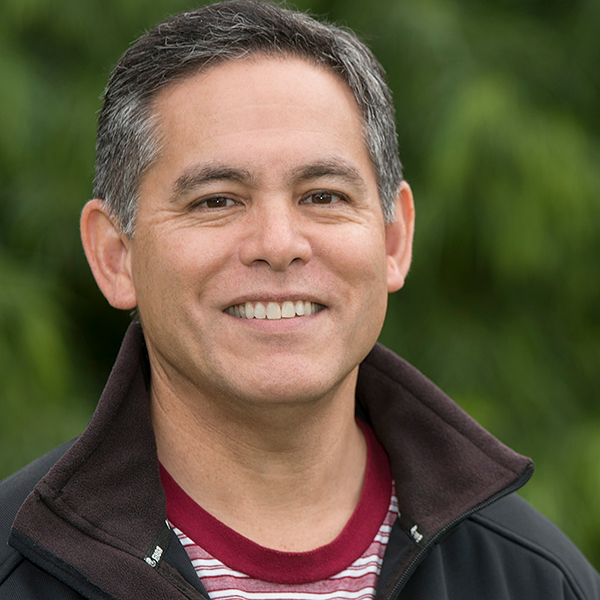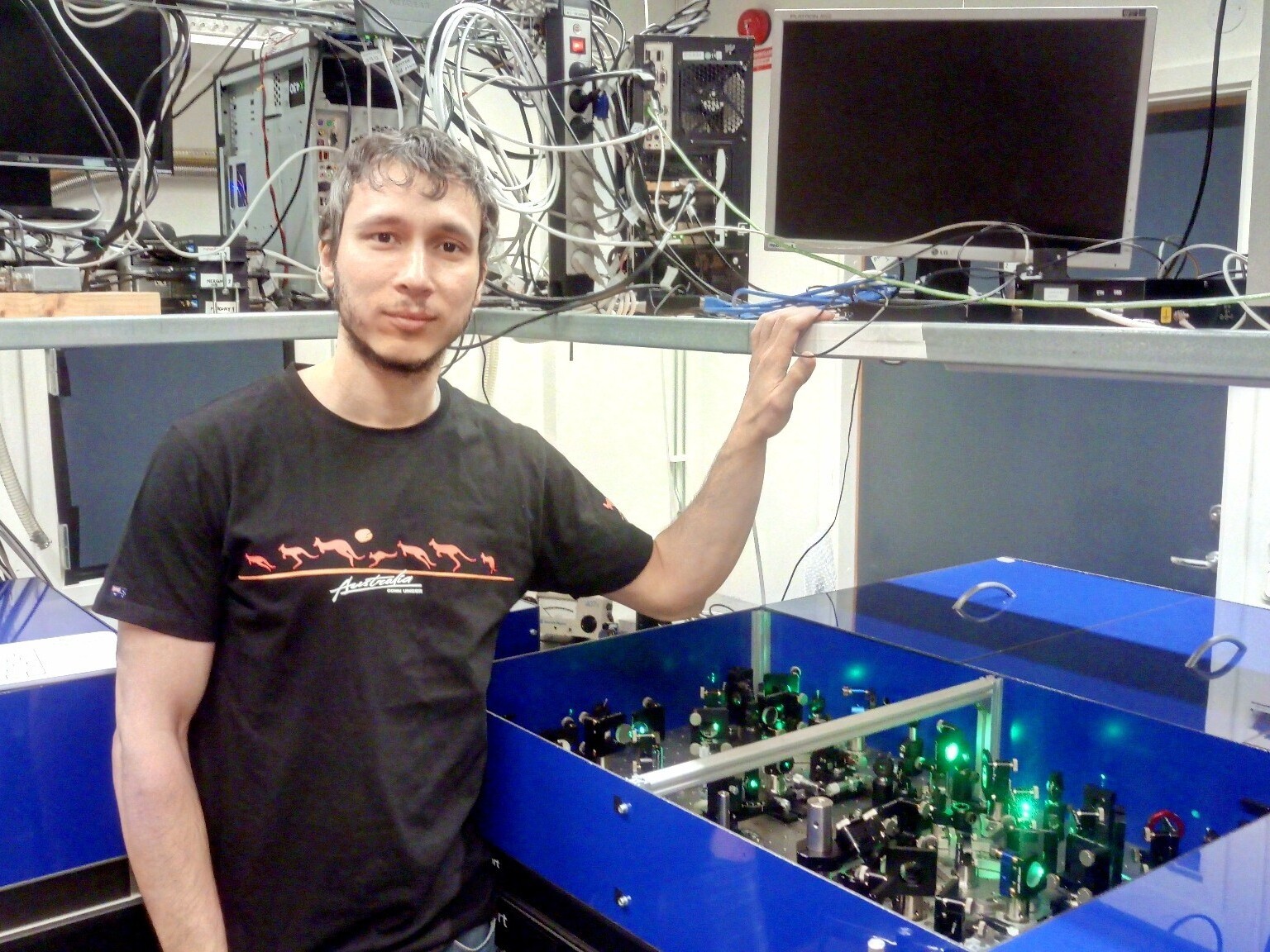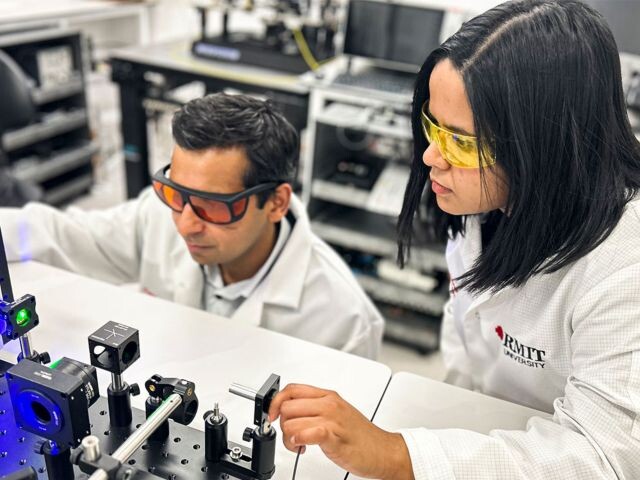FLEET’s third research theme represents a paradigm shift in material engineering, in which materials are temporarily forced out of equilibrium.
The zero resistance paths for electrical current sought at FLEET can be created using two non-equilibrium mechanisms:
- Short (femtosecond), intense bursts of light temporarily forcing matter to adopt a new, distinct topological state.
- Dynamically-engineered dissipationless transport.
Very short, intense pulses of light are used to force materials to become topological insulators (see Research theme 1) or to shift into a superfluid state (see Research theme 2).
The forced state achieved is only temporary, but researchers learn an enormous amount about the fundamental physics of topological insulators and superfluids as they observe the material shifting between natural and forced states over a period of several microseconds.
By using ultra-short pulses to switch between the dissipationless-conducting and normal states, we can also create ultra-fast opto-electronic switching of this dissipationless current.
The second approach typically uses periodic perturbations (usually, optical) to modify the time- averaged behaviour of the system.
Case studies
Case Studies
Nothing found.
Stories
‘Target identified’: teaching a machine how to identify imperfections in 2D materials
Just as James Cameron’s Terminator-800 was able to discriminate between “clothes, boots, and a motorcycle”, a FLEET study demonstrates potential for machine learning to identify different areas of interest on 2D materials.
Tiny device mimics human vision and memory abilities
Researchers have created a small device that ‘sees’ and creates memories in a similar way to humans, in a promising step towards one day having applications that can make rapid, complex decisions such as in self-driving cars.
Superfluids provide new insight into turbulence
University of Queensland researchers from FLEET and a partner Centre of Excellence experimentally validated a decades’ old vortex theory, with implications for technological applications of superfluid, such as precision sensing.
Advancing quantum interaction understanding in 2D semiconductors
An international theoretical study led by Monash University researchers introduced a novel approach known as ‘quantum virial expansion’ – a powerful tool to uncover the complex quantum interactions in 2D semiconductors.




